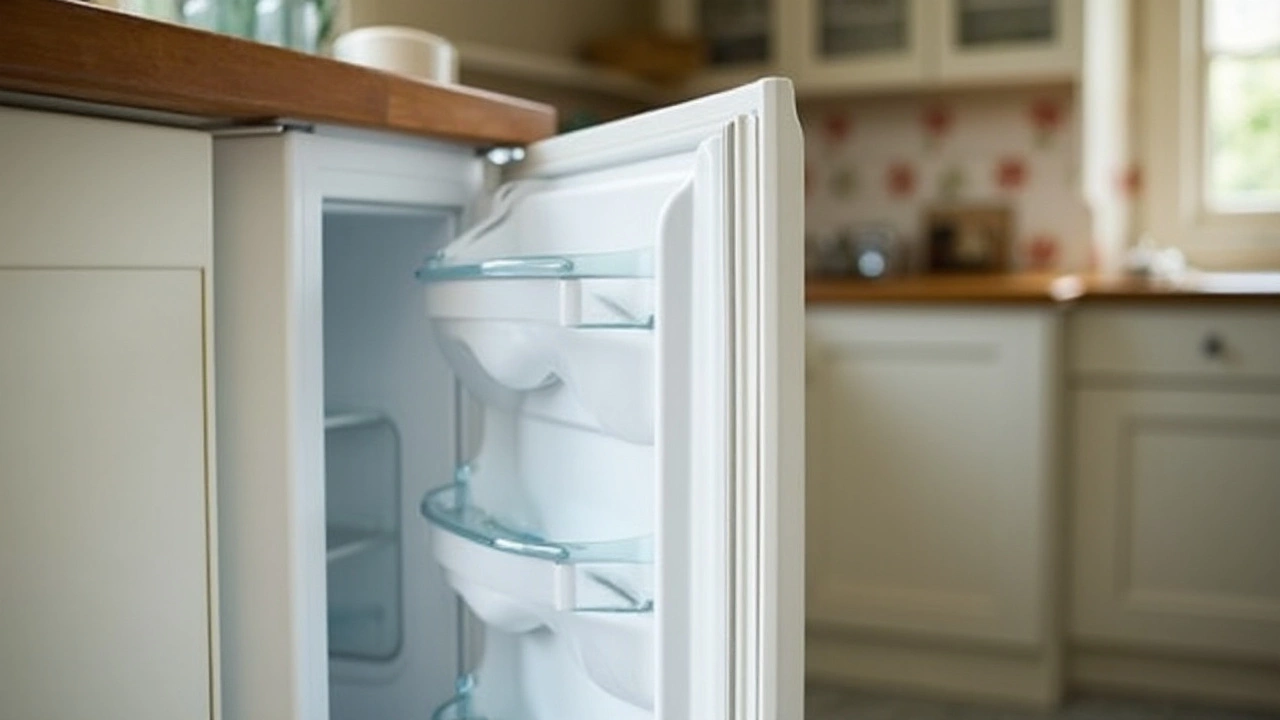Temperature Issues: What’s Going Wrong with Your Appliances?
Ever walked into the kitchen to find your oven taking forever to heat up, or stepped into a cold shower because the water heater won’t warm? Those are classic temperature issues, and they’re more common than you think. The good news? Most of them have a clear cause and a simple fix. Below we’ll break down the signs to watch for, quick DIY tricks, and when it’s smart to call a professional.
Spotting Temperature Problems
First, learn the tell‑tale signs. A water heater that constantly resets or only produces lukewarm water usually means a failing heating element or a dead thermostat. In an oven, uneven heating or a persistent error code points to a broken sensor or a faulty heating coil. Fridges that struggle to stay cold often have a clogged condenser, low refrigerant, or a malfunctioning thermostat. Heat pumps that blow warm air in winter but cool in summer are probably suffering from sensor drift or low refrigerant levels.
Check the basics before you panic. Is the appliance plugged in and on the correct power setting? Are the vents and filters clean? Dirty filters on fridges and heat pumps can block airflow and make temperature regulation impossible. For ovens, make sure the door seals are intact—air leaks can cause hot spots and long preheat times.
DIY Fixes and When to Call a Pro
Many temperature issues you can tackle yourself. For a water heater, flush the tank to remove sediment that can insulate the heating element. Replace a worn‑out anode rod to prevent corrosion that lowers efficiency. If your oven isn’t heating, a quick visual inspection of the heating element for cracks can save a callout; a cheap replacement element often does the trick.
Fridge problems are often solved by cleaning the condenser coils with a vacuum brush. If the coil is dusty, the compressor works harder and the temperature drops. Resetting the fridge’s thermostat after cleaning can restore proper cooling. For heat pumps, cleaning the outdoor unit’s fins and ensuring the indoor air filter is clear can restore the right temperature output.
Know when to hand it over: if you notice a hissing sound from a water heater, a burning smell from an oven, or ice buildup on your fridge’s back wall, those are red flags. Faulty compressors, electrical shorts, or refrigerant leaks require licensed technicians. Trying to fix a refrigerant issue yourself is both illegal and dangerous.
Bottom line: temperature issues usually start with a simple blockage, a sensor that’s gone bad, or a buildup of mineral deposits. A quick visual check, cleaning, and a few basic part swaps can keep your appliances humming. When the problem feels beyond a screwdriver, don’t hesitate to call a trusted local repair service—like Glastonbury Appliance Repair Services—to protect your home and avoid costly damage.

Solving Freezer Temperature Issues: Keep Your Food Fresh and Frozen
Is your freezer refusing to freeze? Discover common causes and practical solutions to restore its frosty function. This guide will help you diagnose why your freezer might be on the fritz and provide actionable advice to fix the problem. From checking door seals to decluttering vents, learn how to keep your freezer running smoothly. Keep your food safe and your freezer efficient with these handy tips.